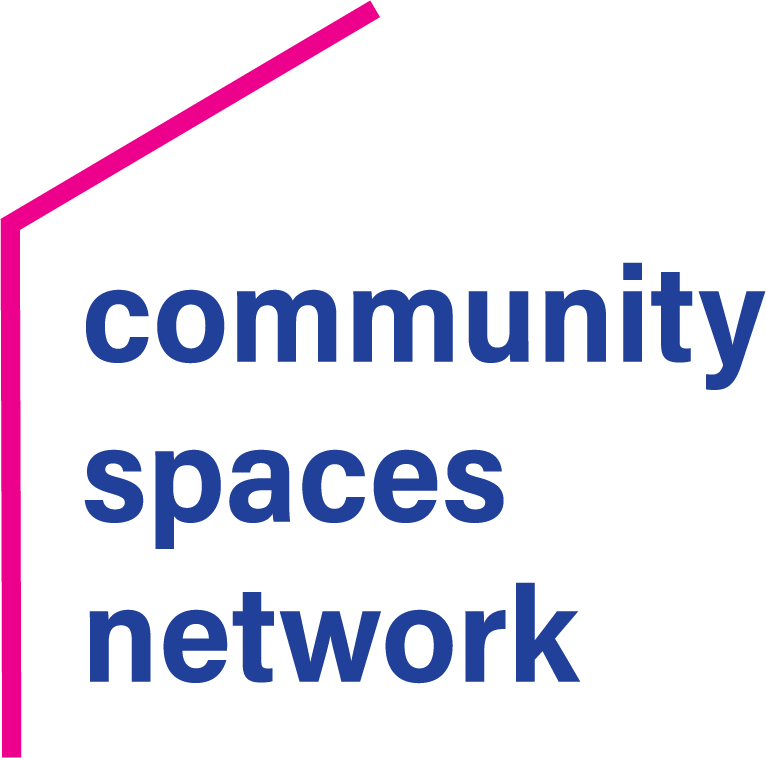We have been excited to see so many organizations thinking about creating new shared spaces in their communities. This is especially encouraging because of the fact that commercial vacancies are so high and there are many folks proclaiming the death of office space. Of course, non-profit users of space are less likely to be able to work remotely compared to their for profit counterparts because they are more deeply rooted in community.
However, we have recently noticed a disconcerting trend. Several organizations that we’re working with who are either creating or expanding or reimagining space are anchoring their work on a single location rather than more broadly considering the needs of the community. In our consulting framework we start with a shared vision and then test that against a demand analysis. This ensures that any space that’s created satisfies local need and is rooted in community. This allows the developer to effectively engage with philanthropic and other partners for support. The physical building is a manifestation of that work. You might think about it like you would residential real estate. Would you ever buy a house without first fully considering what your family needs or wants? If you did just take the first house that you saw, could you have missed out on some better houses or deals that might meet your needs because you zero-ed in too quickly?
If we start with the building, a square footage parameter, or a location, we are automatically limiting the range of what is possible and how well our work fits community need. In some cases, of course, an organization may have an existing building and is simply trying to put that asset to its highest and best use. Regardless, we’d like to challenge those starting out on the development path to think big. Perhaps your existing site or building is best suited for something else or could be leveraged for greater impact; to create affordable housing for instance.
In short, don’t let your preconceptions about location or an existing building drive your project. Engage your peers and the community in your work. It will be harder and may take a bit longer but the legacy of that effort will be worth it.[vc_row content_placement=”bottom” disable_element=”yes” css=”.vc_custom_1668529643023{background-image: url(https://www.nonprofitcenters.org/wp-content/uploads/2022/02/green-blue.jpg?id=7966) !important;background-position: center !important;background-repeat: no-repeat !important;background-size: cover !important;}”][vc_column width=”2/3″ css=”.vc_custom_1645551038135{padding-top: 20px !important;padding-right: 20px !important;padding-bottom: 20px !important;padding-left: 20px !important;}”][vc_column_text css=”.vc_custom_1647293404985{margin-bottom: 0px !important;}”]
Are you an NCN member?
[/vc_column_text][vc_column_text css=”.vc_custom_1655844955111{margin-bottom: 0px !important;}”]Be sure to check your calendar invitation from us for the next roundtable to hear some tips firsthand. Want to be part of your Regional Chapter, but aren’t an NCN member yet? Fill out this form to learn more about your Regional Chapter and membership.[/vc_column_text][/vc_column][vc_column width=”1/3″][vc_btn title=”Not an NCN Member Yet?” style=”flat” shape=”square” align=”center” link=”url:https%3A%2F%2Fdata.nonprofitcenters.org%2Fcontent%2Flearn-more-about-ncn-membership|title:Learn%20More|target:_blank” el_class=”blue-button” css=”.vc_custom_1647293854973{margin-top: 41px !important;}”][/vc_column][/vc_row]
